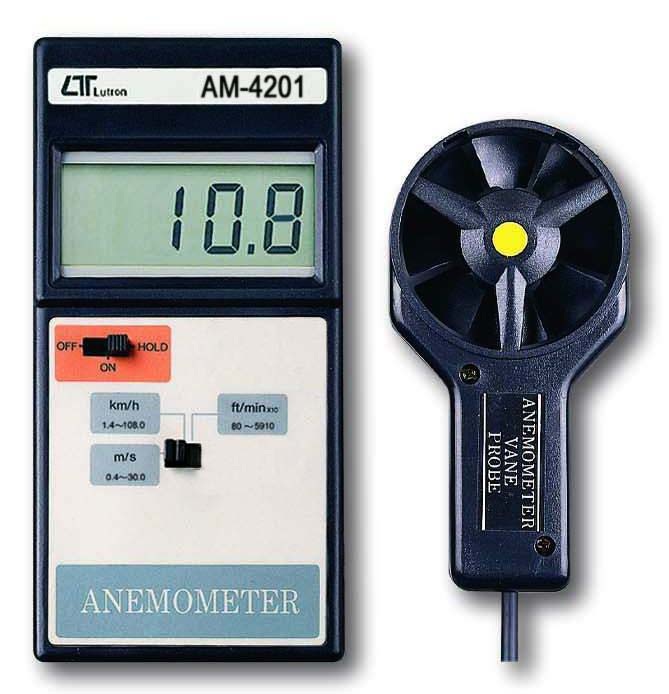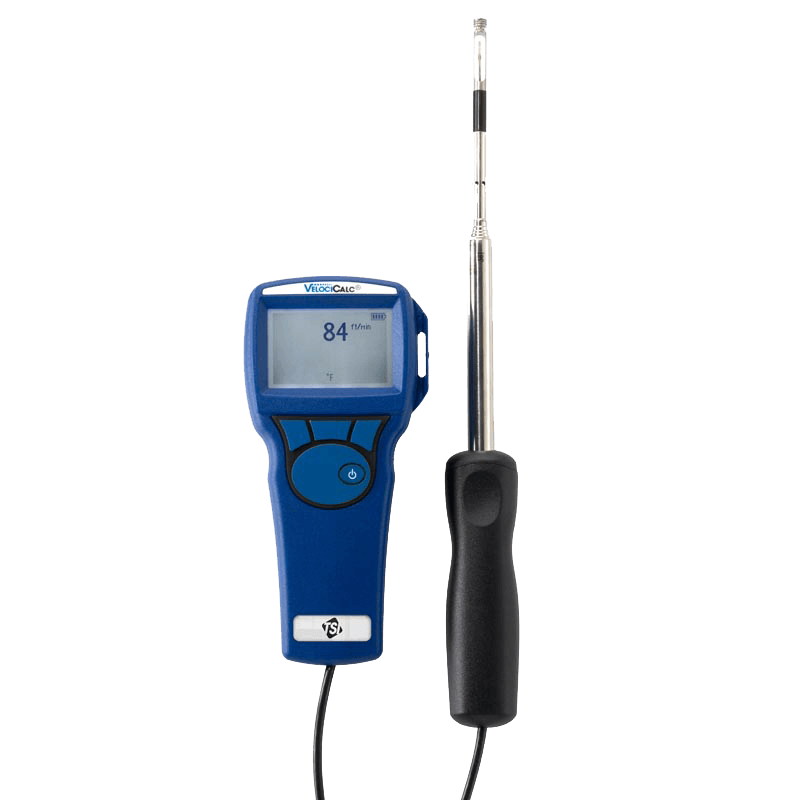Top Functions to Try To Find in an Effective Anemometer for Accurate Wind Dimension
Top Functions to Try To Find in an Effective Anemometer for Accurate Wind Dimension
Blog Article
Anemometers Unveiled: Comprehending Their Relevance in Environmental Tracking and Safety Measures
The duty of anemometers in ecological tracking and precaution is usually ignored, yet their value is undeniable. These instruments have a lengthy history rooted in scientific inquiry and technological advancements, progressing to become necessary devices in various areas. From weather forecasting to aviation safety and security, anemometers play a crucial function in supplying exact information that notifies decision-making processes and enhances general safety and security. Understanding the ins and outs of anemometers reveals a globe of important understandings that are fundamental to our understanding of the environment and the steps we take to guarantee safety.
History of Anemometers
The evolution of anemometers can be mapped back to the ancient civilizations where simple wind measuring devices were initial used. One of the earliest known anemometers was the hemispherical mug anemometer created by Leon Battista Alberti in the 15th century.
In the 18th century, the renowned researcher John Thomas Romney Robinson introduced the Robinson anemometer, which featured four hemispherical mugs mounted on horizontal arms that prolonged from a main axis. This style became a criterion in meteorological measurements because of its precision and reliability. For many years, improvements in modern technology brought about the advancement of more modern-day anemometers, consisting of ultrasonic anemometers and laser Doppler anemometers, providing boosted accuracy and efficiency in gauging wind rate and direction. The background of anemometers showcases an exceptional trip of advancement and development in the field of weather forecasting.
Kinds Of Anemometers
Throughout the area of weather forecasting, various types of anemometers have actually been created to accurately determine wind speed and instructions. Sonic anemometers make use of ultrasonic signals to determine wind rate and instructions precisely. Hot-wire anemometers run based on the concept that the cooling effect of wind on a warmed cable is symmetrical to the wind speed.
Applications in Meteorology
Having actually discussed the different kinds of anemometers utilized in meteorology for determining wind rate and direction, it is essential to discover their sensible applications in the area. Anemometers play an important duty in weather forecasting by giving real-time and exact data on wind conditions (anemometer). Meteorologists use anemometers to monitor wind speed and direction to forecast weather condition patterns, concern warnings for extreme climate events like hurricanes, tornados, and hurricanes, and evaluate weather for aeronautics safety
In meteorology, anemometers assist in recognizing local and regional wind patterns, which are important for forecasting weather condition adjustments and figuring out climatic trends. These devices are additionally used in research study to study microclimates, city warm islands, and air pollution dispersion. Additionally, anemometers are employed in farming to maximize plant monitoring techniques, such as watering and chemical application, based on wind conditions.
Importance in Air Travel Security
An essential facet of ensuring aeronautics safety and security exists in the precise tracking of wind conditions making use of anemometers. Anemometers play a crucial duty in aeronautics by providing real-time information on wind speed and direction, aiding pilots in making notified decisions during take-off, trip, and touchdown. Uncertain and strong winds can considerably influence aircraft operations, making it important for air travel authorities to depend on exact wind dimensions to make sure the safety of guests and staff.

In the dynamic environment of aviation, where also small changes in wind speed and direction can have profound impacts, anemometers stand as crucial devices for promoting safe and risk-free flight.
Function in Environmental Study
Exactly how do anemometers add to developments in ecological research? Anemometers play an important function in environmental research study by supplying vital information on wind rate and instructions. This info is vital for understanding numerous climatic processes, such as air contamination diffusion, climate patterns, and climate adjustment. By precisely determining wind characteristics, anemometers assist scientists assess the motion of pollutants airborne, examine the impact of commercial discharges, and predict the spread of pollutants in the setting.


Final Thought
Finally, anemometers have played an important role in ecological monitoring and precaution. With an abundant history and various types available, these devices have actually been widely made use of in meteorology, aeronautics safety, and environmental study. Recognizing the importance of anemometers you can check here is necessary for properly gauging wind speed and direction, which is vital for forecasting weather condition patterns, guaranteeing secure aviation procedures, and performing environmental studies - anemometer. Their payments to these fields can not be taken too lightly.
One of the earliest well-known anemometers was the hemispherical cup anemometer designed by Leon Battista Alberti in the 15th century. Over the years, developments in innovation led to the development of even more modern anemometers, consisting of ultrasonic anemometers and laser Doppler anemometers, offering raised precision and effectiveness in gauging wind speed and direction. Hot-wire anemometers run based on the principle that the cooling result of wind recommended you read on a heated cable is proportional to the wind rate. Meteorologists use anemometers to keep an eye on wind speed and instructions to forecast weather condition patterns, problem cautions for severe climate events like tornados, tornadoes, and hurricanes, and examine atmospheric conditions for air travel safety.
Understanding the value of anemometers is essential for precisely gauging wind speed and direction, which is crucial for forecasting climate patterns, making certain risk-free aviation operations, and conducting ecological studies. (anemometer)
Report this page